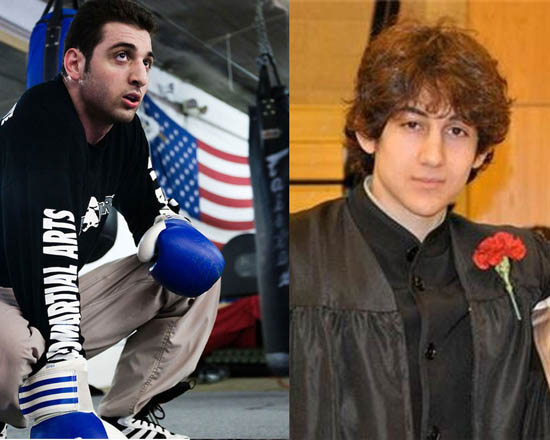The Refugee Racket
- - -

Another sorry tale of betrayal.
“Refugee Racket,” The Social Contract, Summer 2013, free of charge on Internet, hard copies can be ordered here.
There are many ways for a foreigner to get into the United States, and one of the most corrupt ways of doing it legally is to be admitted as a “refugee.” Since 1975, more than 3 million refugees have been resettled in the United States, and one of the best introductions to how they got here is in the latest issue ofThe Social Contract, a quarterly magazine published in Petoskey, Michigan. This issue, titled “The Refugee Racket,” is a 60-page compilation of articles that expose a little-known web of scams.
America first started admitting displaced persons in 1948 after the Second World War. Some of them actually met the State Department’s definition of a refugee: a person who is “in imminent danger of loss of life and for whom there appears to be no alternative to resettlement in the United States.” Virtually all refugees were Europeans, and once they were here they had to make it on their own. If there was a sponsoring agency it paid for the costs of resettlement.
America continued to accept refugees during the Cold War, but after the Vietnam War the system changed completely. The Refugee Act, passed in 1980, did two important things: It redefined a refuge as “a person who is unwilling or unable to return to his country . . . because of persecution or a well founded fear of persecution . . . ,” and made tax money available for resettlement.
Anyone who has left his own country and doesn’t want to go home is therefore a potential refugee. Until the 1990s, the United States decided whom we should let in, but now a UN agency called the United Nations High Commissioner on Refugees (UNHCR) chooses about 95 percent of our refugees. The President and Congress still decide how many will come—usually 60,000 to 80,000 a year—but we have farmed out the selection process to people who are not even Americans. . . .



